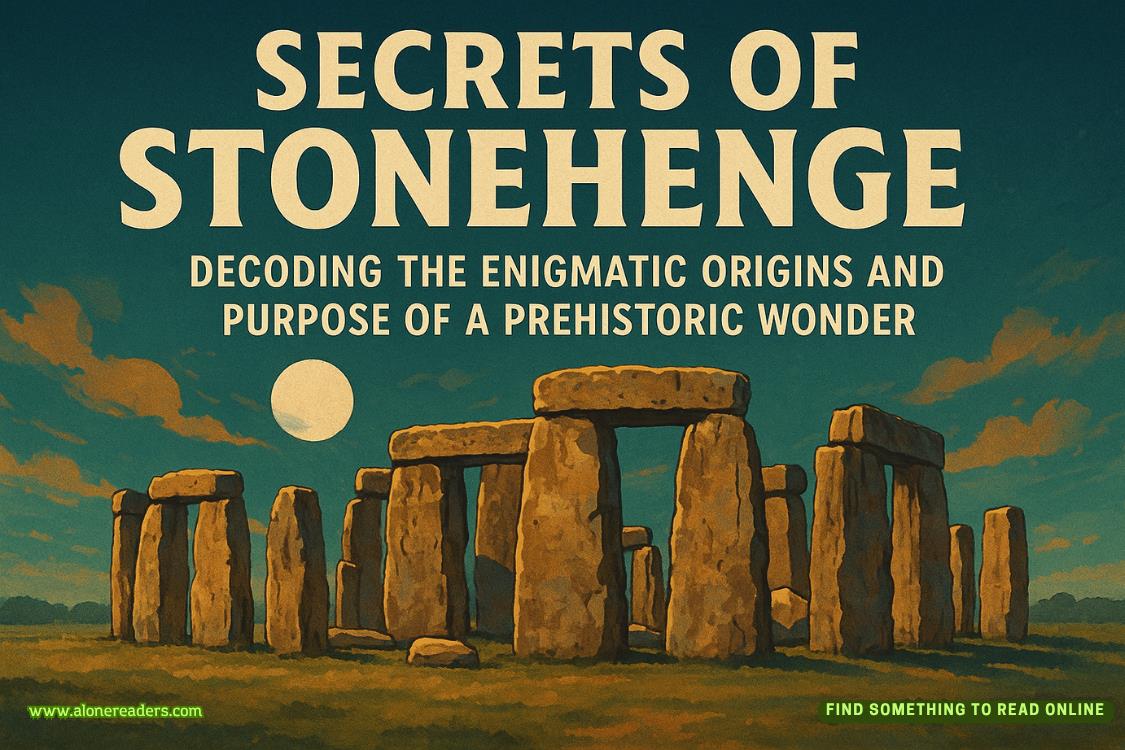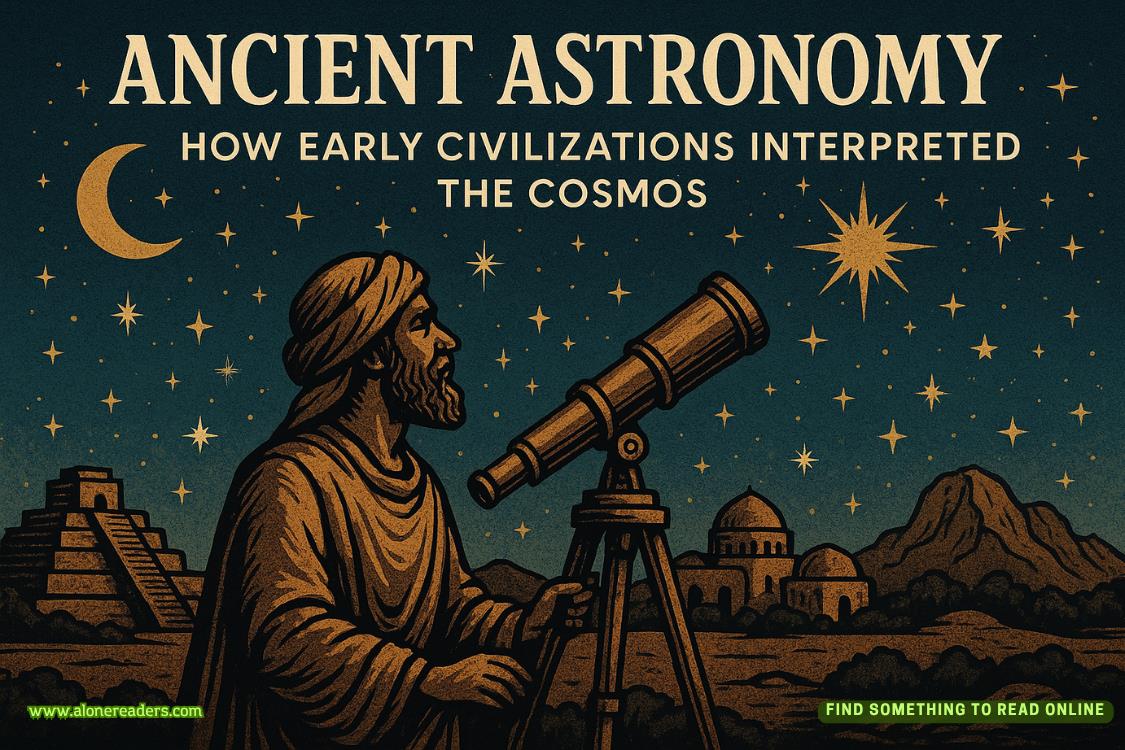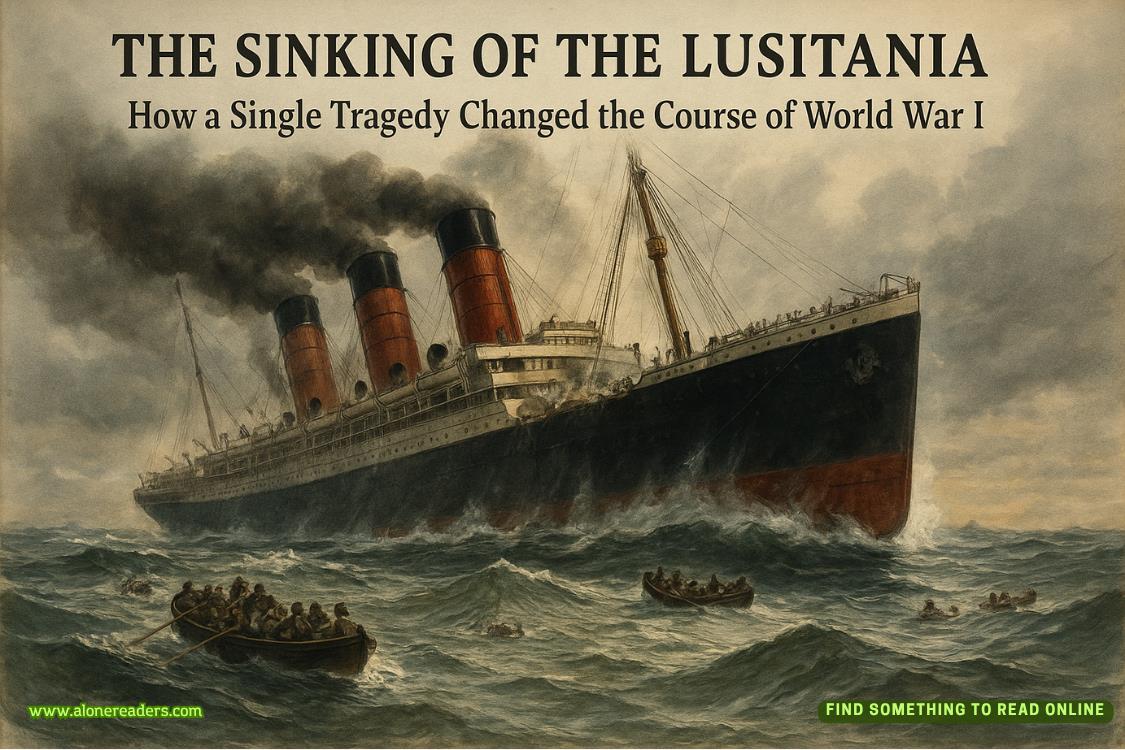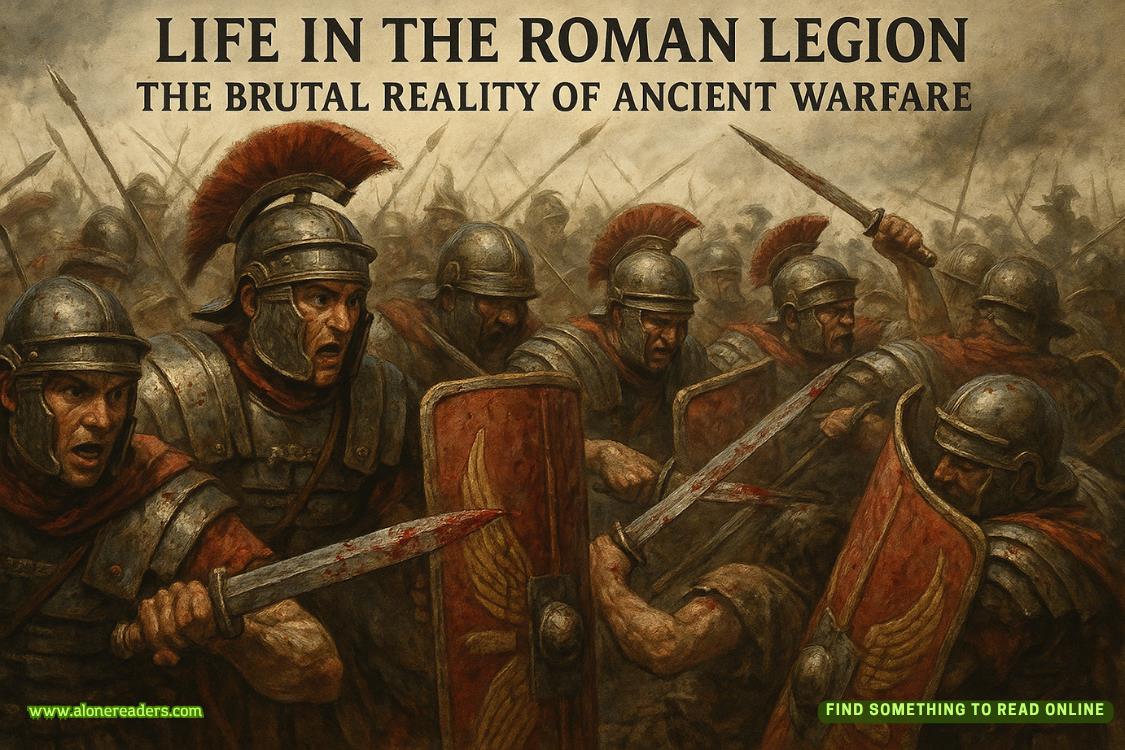Page 6 of Sharp Force
We end the call as I detect a Chopin nocturne drifting from the anthropology lab, a cramped cinder block space warehousing our coldest cases. Bright piano notes sound from a portable CD player that Cate Kingston carries with her when she visits our office to help with skeletal remains.
A forensic anthropologist, she’s on the faculty of the University of Virginia. Her input is sought in cases ranging from Civil War remains to dinosaur bones to giant footprints from a Sasquatch. She’s often hired as an expert witness in murder investigations and trials.
She doesn’t notice that I’ve paused in the doorway. Peering into a microscope, she moves a bone around on the stage, her attractive young face troubled. She mentioned today at our office Christmas lunch that she’s working on another disinterment from the ancient cemetery on Mercy Island, the location of an old psychiatric hospital.
Paper-covered tables are arranged with a skull and a scattering of bones and teeth. She’s placed them in the correct anatomical positions like puzzles missing most of their pieces. Swatches of rotting fabric on a second paper-covered table are remnants of the blue wool blanket once wrapped around the body.
On shelves are tall stacks of creamy archival boxes neatly labeled, each one a person waiting to be called by name. Tiny plastic skeletons caper on walls around the room. Some glow in the dark, and it’s disconcerting to walk past the observation window when the lab’s lights are out.
“Merry Christmas.” I hail Cate from the doorway, and she looks up, startled. “Didn’t mean to scare you.”
“I was lost in my thoughts as usual.” She gets up from her chair.
“You’re here late compared to everyone else. Almost the only one left.” I walk inside.
“I was just this minute thinking of calling you.” She wears a baggy white lab coat withDr. Kingstonembroidered over the pocket. “But before I get to the bad news, I hope you and Benton have a wonderful time overseas.”
“Thank you, but right now I’m worried about you getting home,” I reply. “When was the last time you looked outside?”
“I don’t have the luxury very often,” she says with a sigh. “I know we’re expecting a whopper of a storm.”
“It will be far worse in Charlottesville, and I don’t like you driving there after dark on any occasion.” I’m inspecting the bones on her table. “Much less Christmas Eve with snow and sleet predicted. The winds are already picking up, the visibility dropping.”
As I hear myself, I’m reminded of what Lucy calls me,Dr. Worst-Case Scenario.
“I’m not going to Charlottesville, am staying in Old Town with a friend.” She turns down the music. “This case I’m working on from Mercy Island?” She indicates the bones I’m looking at. “Not good. Not good at all.”
“More of the same?” I’m not surprised.
“Afraid so, only more vicious and problematic,” she says. “Thebones are nowhere near as old as the other ones from there. That’s what really has me going.”
Cate explains that the remains are a female likely in her twenties when buried on the grounds of Mercy Psychiatric Hospital here in Alexandria. Not long before I moved back to Virginia, a real estate developer decided the cemetery on the grounds should relocate to a churchyard. Otherwise, the valuable waterfront land couldn’t be used to build a fitness center.
Graves were dug up with a backhoe, archaeologists not involved when they should have been. Descendants of the deceased weren’t asked and had no idea this was happening. If I’d been chief then, I wouldn’t have permitted it.
But my predecessor Elvin Reddy is friends with the hospital’s director. The cemetery was an eyesore mostly ignored and overgrown in the woods close to the Potomac’s shoreline. The land was worth a fortune, and the cemetery wasn’t used anymore, hadn’t been for a hundred years. Elvin was happy to cooperate, the outcome disastrous.
Many of the coffins had rotted away, the bones completely gone or in terrible shape. Those relatively intact ended up here in the anthropology lab to be stored in boxes and ignored. Until we can confirm identity and how the people died, they can’t have proper burials.
I took over the Virginia medical examiner system five years ago, and one of my many projects is clearing out the backlog of unfinished cases, including those from Mercy Island. Cate has been coming in these past few weeks while the University of Virginia is on Christmas break.
She’s discovering evidence of trauma that gives a harrowing view at what patients endured during earlier centuries. Shatteredskulls and limbs suggest some may have died from falls or chronic beatings. A fracture to the C2 spine was consistent with death by hanging.
At least one patient was shot, the lead bullet still inside the skull. The former Mercy Lunatic Asylum was a dark stain on psychiatry, and the modern version isn’t much better as far as I’m concerned.
CHAPTER 3
“I ’m just getting started on Jane Doe, and she’s definitely a homicide.” Cate Kingston continues to fill me in.
“We have no idea about her identity?” I ask.
“None.”
“Maybe forensic genealogical DNA will show a relationship with someone in an ancestral database.” I can only hope.
“As you know, samples from every Mercy Island case were sent to the lab in Massachusetts months ago,” Cate reminds me with a note of frustration. “We should have had the results long before now. But truth be told, I’ve not checked in a while. I’ll give them a call before I leave to see if there’s any news.”
“Was her grave marked?”















